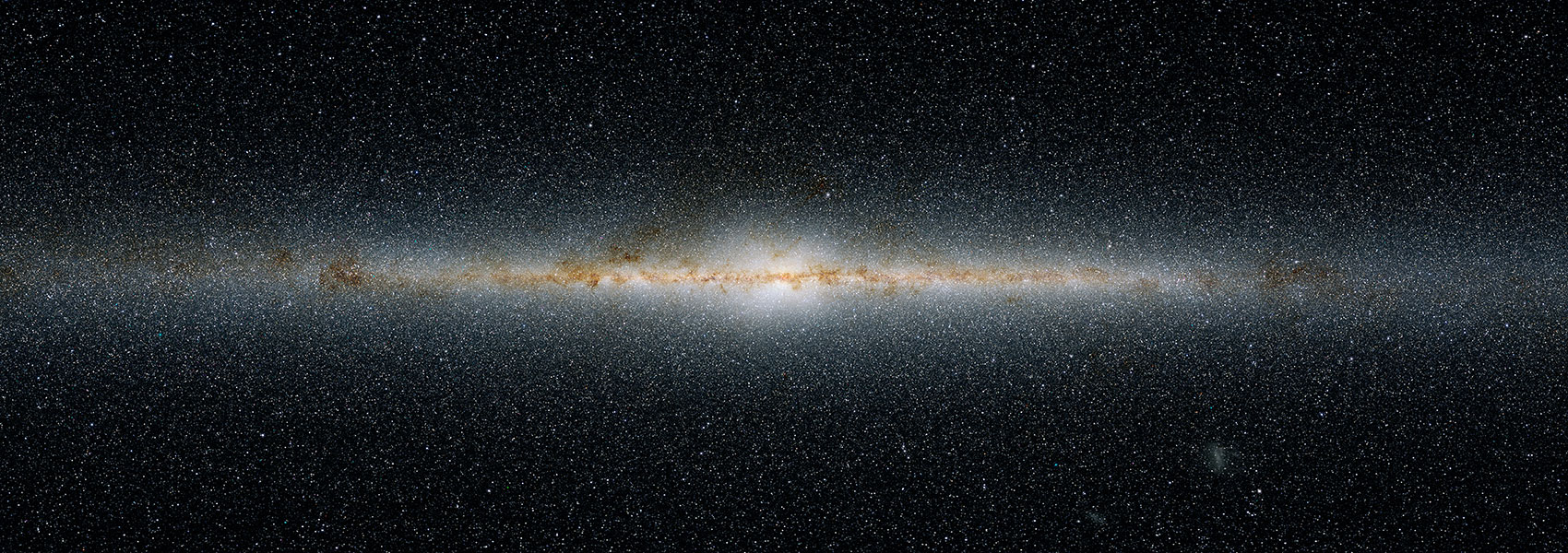August
2003
•
2003ApJ...592L..83C
Authors
•
Colavita, M.
•
Akeson, R.
•
Wizinowich, P.
•
Shao, M.
•
Acton, S.
•
Beletic, J.
•
Bell, J.
•
Berlin, J.
•
Boden, A.
•
Booth, A.
•
Boutell, R.
•
Chaffee, F.
•
Chan, D.
•
Chock, J.
•
Cohen, R.
•
Crawford, S.
•
Creech-Eakman, M.
•
Eychaner, G.
•
Felizardo, C.
•
Gathright, J.
•
Hardy, G.
•
Henderson, H.
•
Herstein, J.
•
Hess, M.
•
Hovland, E.
•
Hrynevych, M.
•
Johnson, R.
•
Kelley, J.
•
Kendrick, R.
•
Koresko, C.
•
Kurpis, P.
•
Le Mignant, D.
•
Lewis, H.
•
Ligon, E.
•
Lupton, W.
•
McBride, D.
•
Mennesson, B.
•
Millan-Gabet, R.
•
Monnier, J.
•
Moore, J.
•
Nance, C.
•
Neyman, C.
•
Niessner, A.
•
Palmer, D.
•
Reder, L.
•
Rudeen, A.
•
Saloga, T.
•
Sargent, A.
•
Serabyn, E.
•
Smythe, R.
•
Stomski, P.
•
Summers, K.
•
Swain, M.
•
Swanson, P.
•
Thompson, R.
•
Tsubota, K.
•
Tumminello, A.
•
van Belle, G.
•
Vasisht, G.
•
Vause, J.
•
Walker, J.
•
Wallace, K.
•
Wehmeier, U.
Abstract
•
We present the first science results from the Keck Interferometer, a direct-detection infrared interferometer utilizing the two 10 m Keck telescopes. The instrument and system components are briefly described. We then present observations of the T Tauri object DG Tau, which is resolved by the interferometer. The resolved component has a radius of 0.12-0.24 AU, depending on the assumed stellar and extended component fluxes and the model geometry used. Possible origins and implications of the resolved emission are discussed.
Links




